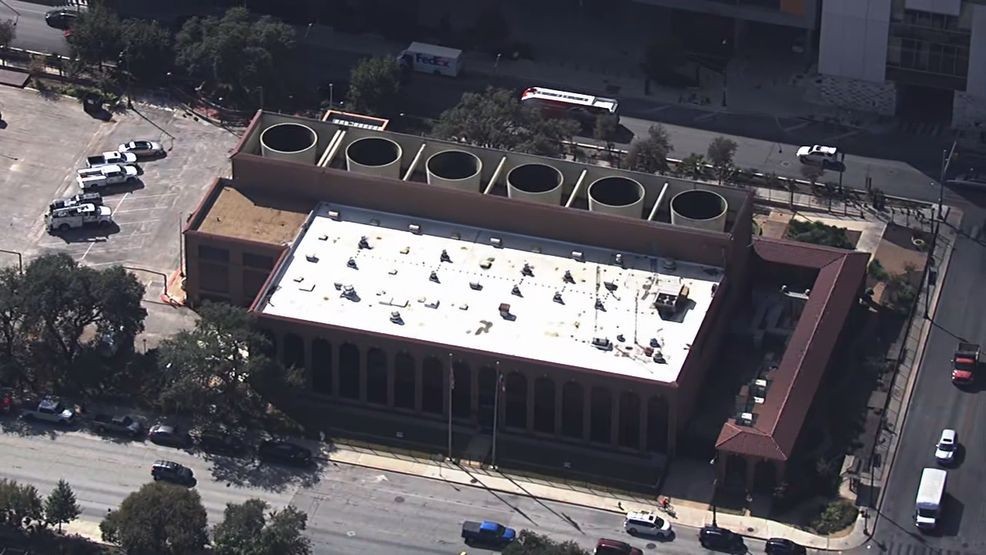The estimated cost has doubled for a critical piece of the Project Marvel plan downtown. It’s the SAWS chilled water plant that has to be relocated to make room for a new, one-thousand-room hotel.
The News 4 I-Team’s Jaie Avila is getting answers to the questions you want us to ask: why did the cost go up and will you end up paying for it?
The plant is across from the convention center and provides chilled water to air condition buildings downtown. The original estimate to relocate it was $100 million, but now SAWS has determined it could take at least $200 million.
Earlier this year, SAWS hired a consultant to investigate the cost of moving the chiller plant. The uncertainty over cost is just one reason critics of Project Marvel say the city and county are moving too fast.
“The latest estimates I’ve seen, and they are far from definitive, is just to replace this plant will be $200 million and we don’t know who’s going to pay that,” said Heywood Sanders, UTSA professor emeritus of Public Administration.
The plant sends chilled water through underground pipes to downtown buildings like the Henry B. Gonzalez Convention Center and the Alamodome to keep them cool. The recycled water is then piped back to the plant to be used again.
SAWS plans to relocate the plant somewhere just north of its current location because new pipes will have to be buried to deliver the water.
“Why has there been a change in the cost?” Jaie Avila asked Anne Hayden, Communications Director for SAWS.
“When we looked at this project initially, we were looking at using the same capacity,” Hayden responded. “Since then, what we realized is that we’re going to need additional capacity for the additional area and the convention center, for the hotel.”
Not only is the convention center expanding, SAWS expects new buildings downtown to come online and the demand for chilled water will increase.
Its chilled water business is separate from the rest of SAWS. Only downtown buildings that use the chilled water pay for it, not residential or business customers.
But what about the $200 million relocation cost?
“How are we going to pay for that?” Jaie Avila asked.
“Our folks are speaking with folks at the city to be able to work that out,” Hayden said.
SAWS is pushing for a combination of funding sources, including a tax increment reinvestment zone or TIRZ, where a portion of property tax from a specific zone downtown could be used.
Or a bond, like the one the city wants to pay for downtown infrastructure, that would be paid off by our property taxes.
“We don’t know at this point, everything’s on the table,” Hayden said.
“What’s the rush, why can’t we wait and get clear numbers?” said Sanders.
SAWS says the $200 million remains an estimate, at least until the consultant study comes back in late November with its report.

